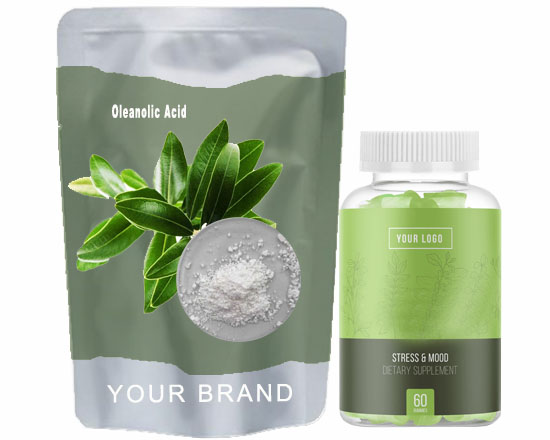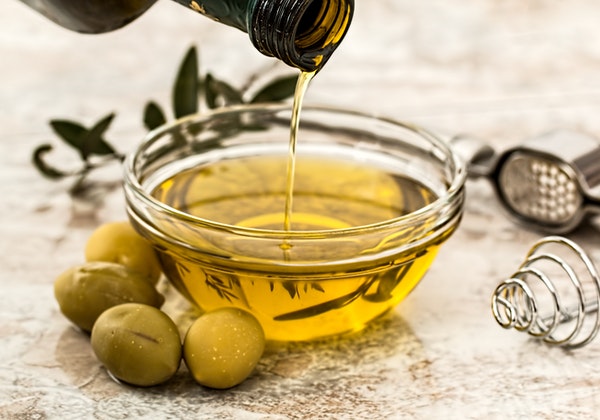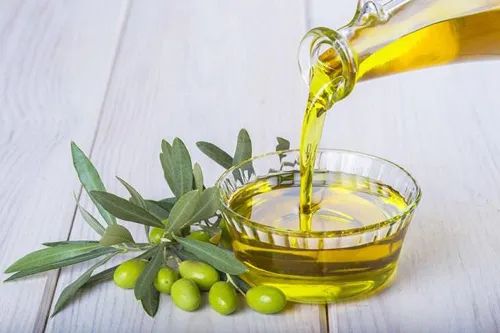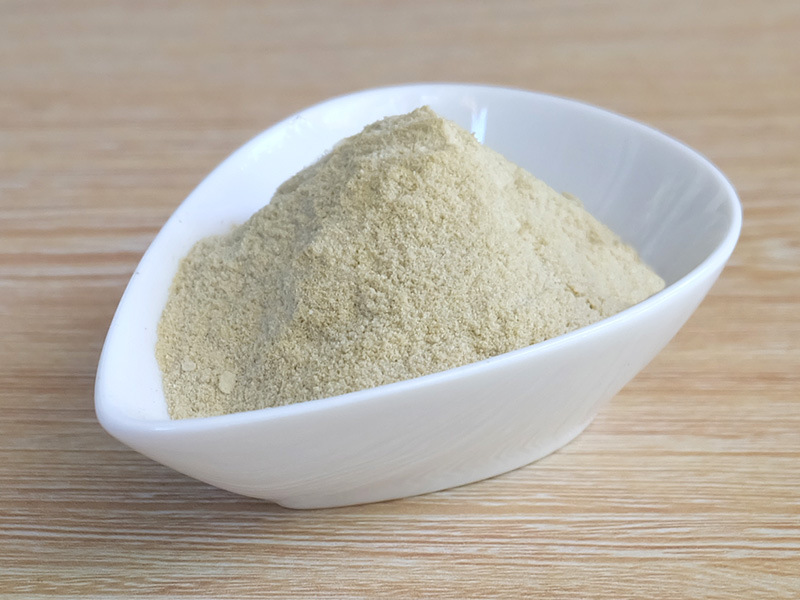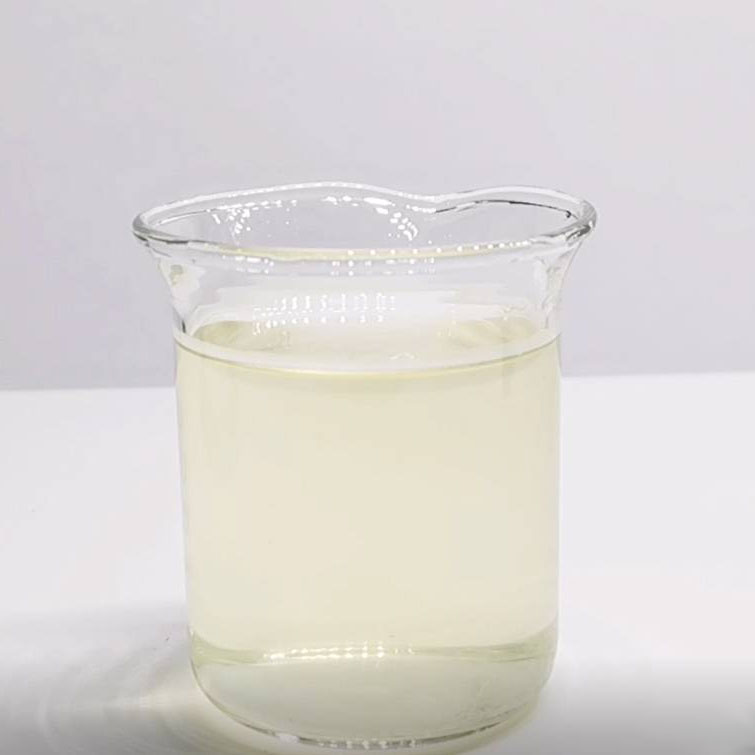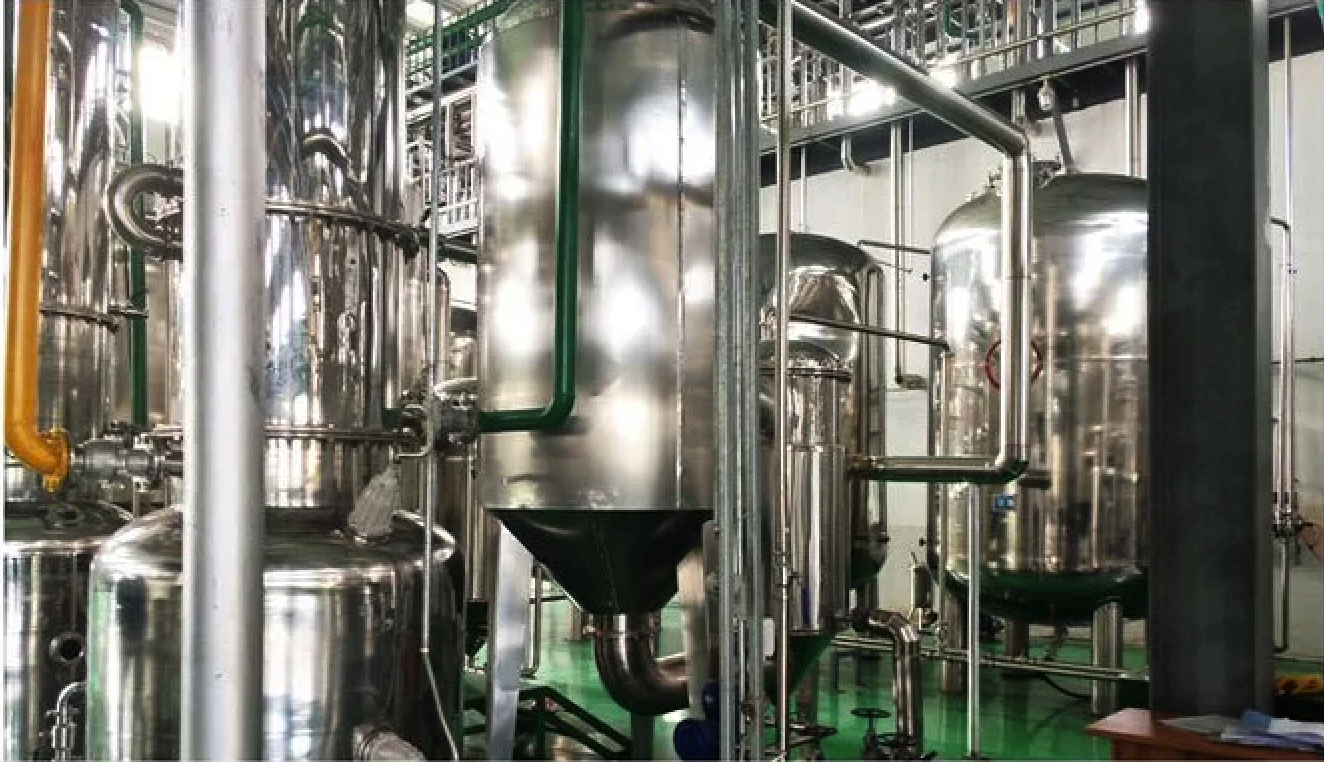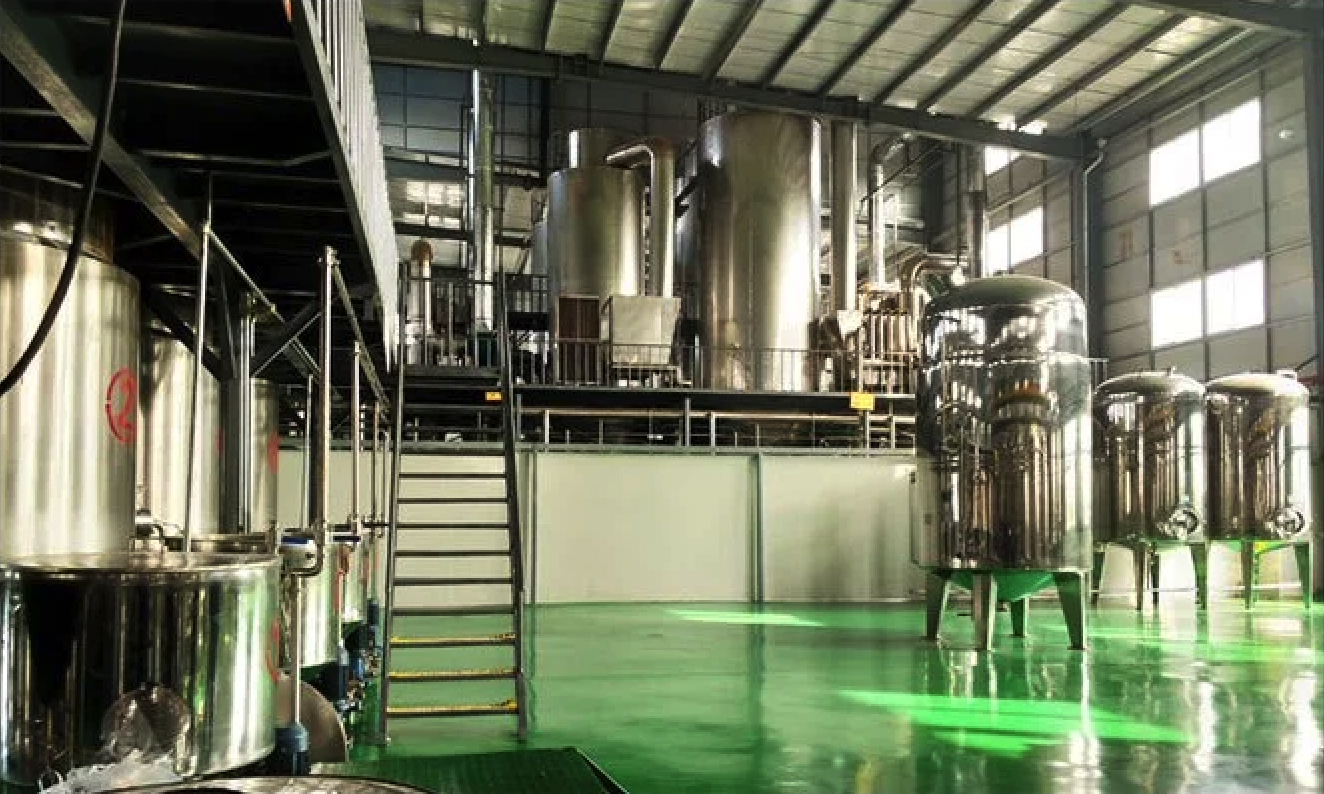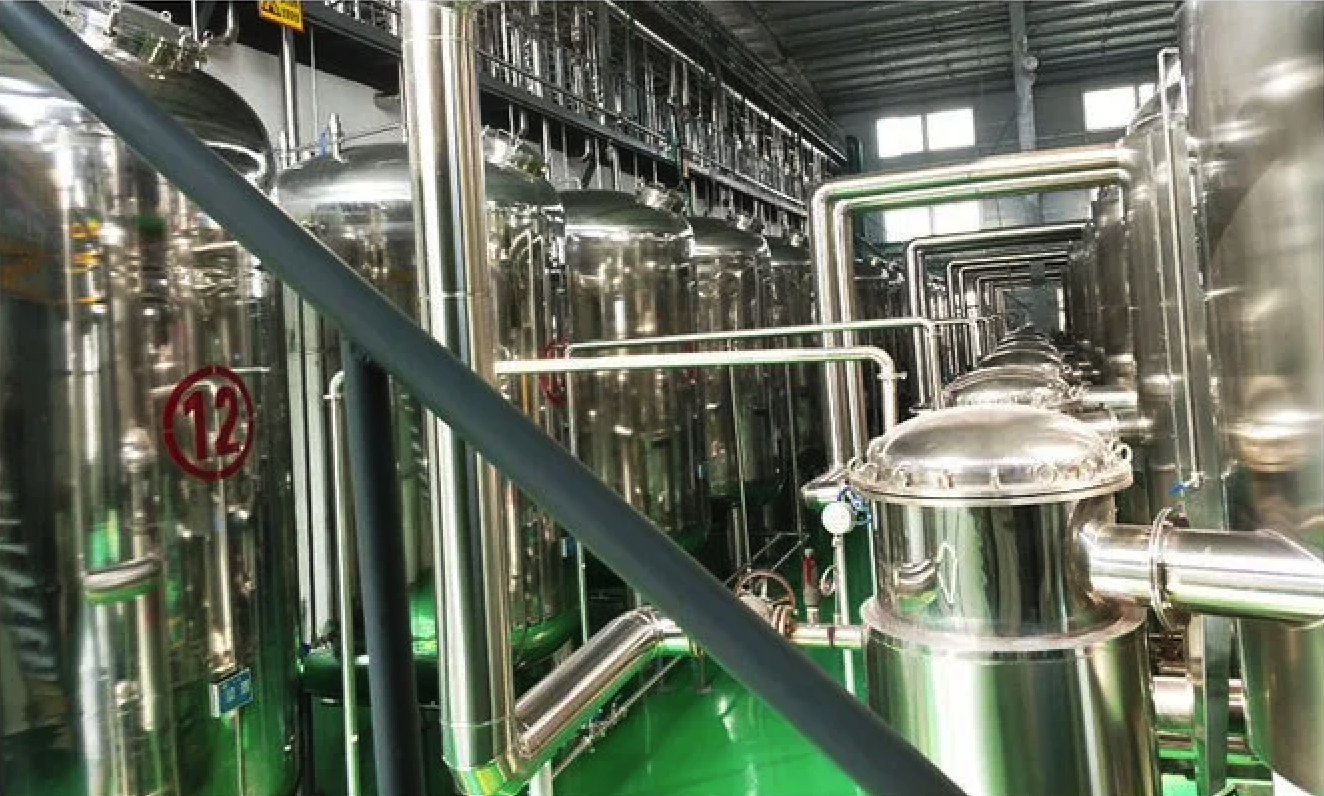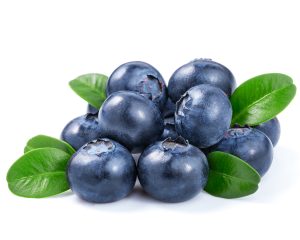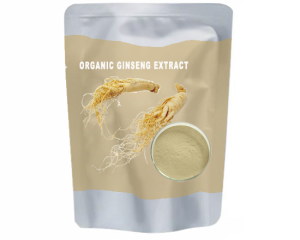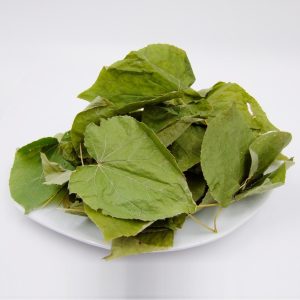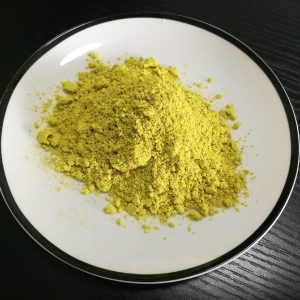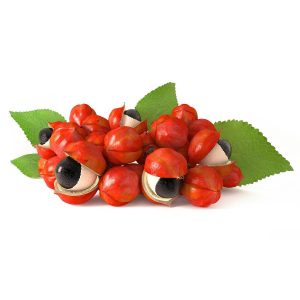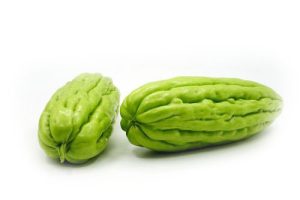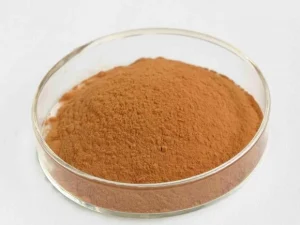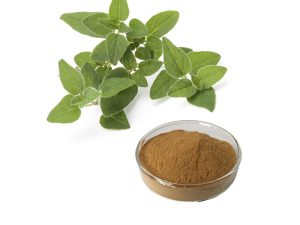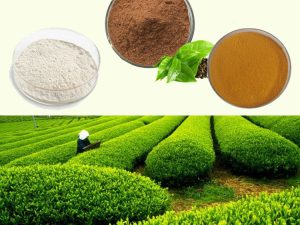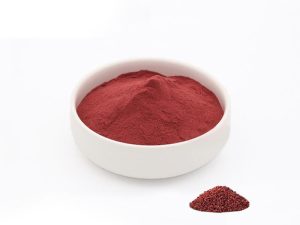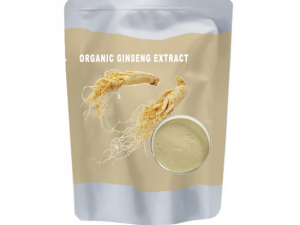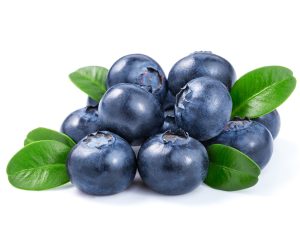Description
Introduction of Olea Europaea Olive Leaf Extract Oleanolic Acid
Olive Leaf Extract Oleanolic Acid is a natural antioxidant derived from olive oil and is a derivative of phenylethanol. As an antioxidant, it can protect cells from oxidative damage.Ithas a powerful antioxidant properties. After gallic acid, hydroxytyrosol is believed to be one of the most powerful antioxidants. Its oxygen radical absorbance capacity is ten times higher than green tea, and two times higher than CoQ10.
Usage: Used for content determination/identification/pharmacological experiments, etc.
Solubility: insoluble in water, benzene, ethylene, and chloroform, slightly soluble in methanol, diglycol ethylene, acetone, and dioxane, soluble in sodium bicarbonate aqueous solution.
Specification
|
Product Name:
|
Olive Leaf Extract Oleanolic Acid
|
|
Botanical Source:
|
Olea Europaea L.
|
| Specification: |
1. Hydroxytyrosol (Powder): 3%, 5%, 10%, 15%, 20% By HPLC
(Extractum): 10%, 15%, 20%, 25%, 40%, 50% By HPLC 2. Oleuropein (Powder): 10%, 20%, 40%, 50%, 60%,70%, 80% By HPLC (Extractum): 20%, 40%, 50%, 60%, 70%, 80% By HPLC 3. Olive Polyphenols : 20% by UV4. Oleanolic Acid: 50%, 98% 4. Oleanolic Acid 60%,98%
|
|
Appearance:
|
White powder
|
|
Test Method:
|
HPLC
|
|
Shelf Life:
|
24 months
|
|
MOQ:
|
1kg
|
|
Shipping Details:
|
DHL /FEDEX/TNT/by sea or by air
|
Benefits
•Anti-diabetes.
•Anti-virus, anti-bacteria, anti-fungi, and anti-protozoa and etc.
•Anti-oxidant (more powerful than Vitamin C and E, with an ORAC value of 10,465mmol TE/g)
•Enhance immune, and improving the auto-immune disorder
•Be lethal to some cancer cells
•Lower blood pressure
•Increase blood flow in the coronary arteries
•Relieve arrhythmias
•Prevent the hardening of the arteries.
Certificates of analysis
|
Items
|
Standards
|
Results
|
|
Physical Analysis
|
||
|
Appearance
|
Fine Powder
|
Conforms
|
|
Color
|
light brown powder
|
Conforms
|
|
Odor
|
Characteristic
|
Conforms
|
|
Mesh Size
|
100% through 80% mesh size
|
Conforms
|
|
General Analysis
|
||
|
Identification
|
Identical to R.S. sample
|
Conforms
|
|
Aescin
|
≥20%
|
21.41%
|
|
Extract Solvents
|
Water and Ethanol
|
Conforms
|
|
Loss on Drying (g/100g)
|
≤5.0
|
3.24%
|
|
Ash(g/100g)
|
≤5.0
|
2.05%
|
|
Chemical Analysis
|
||
|
Pesticides Residue (mg/kg)
|
0.05
|
Conforms
|
|
Residual Solvent
|
<0.05%
|
Conforms
|
|
Residual Radiation
|
Negative
|
Conforms
|
|
Lead(Pb) (mg/kg)
|
<3.0
|
Conforms
|
|
Arsenic(As) (mg/kg)
|
<2.0
|
Conforms
|
|
Cadmium(Cd) (mg/kg)
|
<1.0
|
Conforms
|
|
Mercury(Hg) (mg/kg)
|
<0.1
|
Conforms
|
|
Microbiological Analysis
|
||
|
Total Plate Count(cfu/g)
|
≤1,000
|
300
|
|
Molds and Yeast (cfu/g)
|
≤100
|
29
|
|
Coliforms (cfu/g)
|
Negative
|
Conforms
|
|
Salmonella(/25g)
|
Negative
|
Conforms
|

